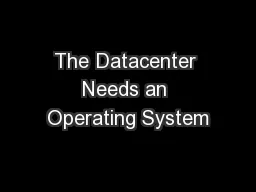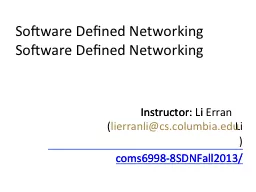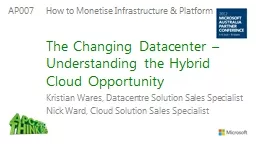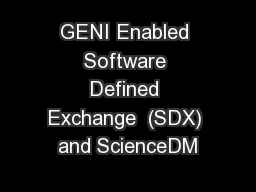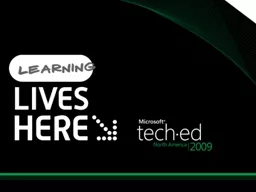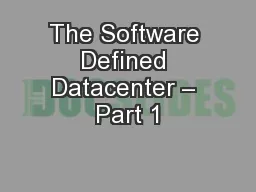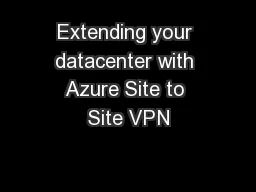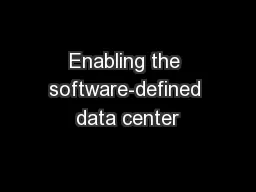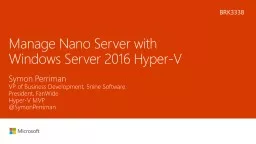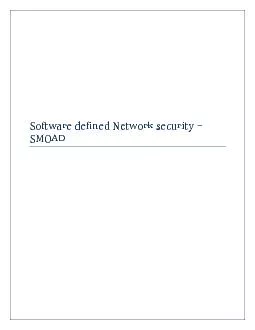PPT-The Power of the Windows Server Software Defined Datacenter
Author : min-jolicoeur | Published Date : 2016-07-29
Philip Moss Managing Partner IT NTTX BRK2469 Domain Controllers DNS Internal Public Exchange SharePoint Lync SQL WDS File Servers AppV UEV RDSH VDI DPM DHCP MDM
Presentation Embed Code
Download Presentation
Download Presentation The PPT/PDF document "The Power of the Windows Server Software..." is the property of its rightful owner. Permission is granted to download and print the materials on this website for personal, non-commercial use only, and to display it on your personal computer provided you do not modify the materials and that you retain all copyright notices contained in the materials. By downloading content from our website, you accept the terms of this agreement.
The Power of the Windows Server Software Defined Datacenter: Transcript
Download Rules Of Document
"The Power of the Windows Server Software Defined Datacenter"The content belongs to its owner. You may download and print it for personal use, without modification, and keep all copyright notices. By downloading, you agree to these terms.
Related Documents


